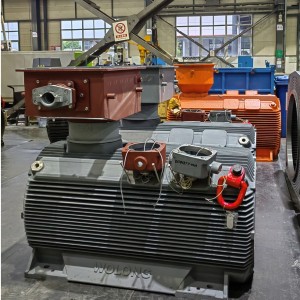Grounding the electric motor housing is an important safety measure that greatly reduces the risk of electric shock accidents. When the motor is properly grounded, any stray current that may be generated due to insulation failure or other faults is safely directed to ground. This not only protects personnel working near the motor, but also minimizes the possibility of serious injury or death related to electric shock.
In addition to enhancing safety, grounding is an effective way to detect insulation faults within motors. Insulation breakdown can lead to dangerous conditions, and grounding provides a path for fault current to flow, alerting maintenance personnel to potential problems before they escalate into more serious issues. By regularly monitoring the grounding system, operators can identify and resolve insulation faults in a timely manner to ensure that motors operate safely and efficiently.
Furthermore, grounding the induction motor housing is not only a best practice, but also a requirement of various safety regulations and standards. Compliance with these regulations is critical to ma
intaining a safe working environment and avoiding legal liability. Regulatory agencies often include grounding as part of their electrical safety guidelines, emphasizing its importance in industrial and commercial environments.
Motor grounding is an important practice that serves a variety of purposes. It prevents electrical shock incidents, helps detect insulation faults early, and ensures compliance with safety regulations. By prioritizing proper grounding techniques, businesses can improve workplace safety, protect employees, and maintain the integrity of electrical systems. Investing in grounding not only protects your life, but also improves the overall efficiency and reliability of motor operation.
Post time: Jan-03-2025


